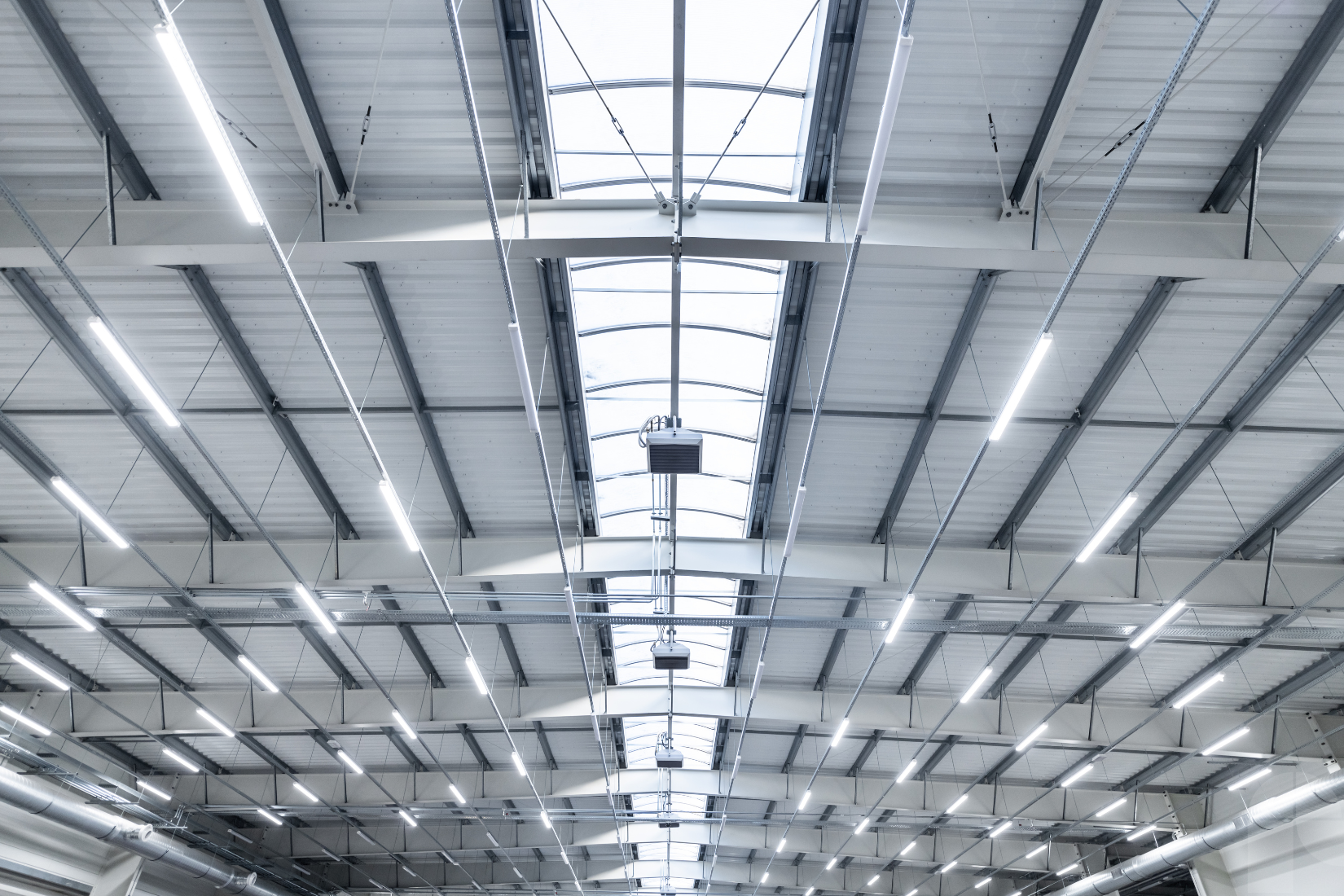Sustainability is more than just a trend—it’s a critical factor in driving tenant demand, lowering operational costs, and ensuring long-term asset value for commercial property investments. For Australian commercial property owners, integrating sustainability into facilities management not only enhances the environmental footprint of their buildings but also provides significant economic benefits. Sustainable properties are increasingly sought after by tenants, investors, and regulators alike, making it essential for commercial property owners to prioritise green practices.
The Importance of Sustainability in Commercial Facilities Management
Sustainability in facilities management is becoming a core driver of success for commercial properties. Here are three key reasons why Australian commercial property owners need to make sustainability a priority:
-
Cost Efficiency: Sustainable practices in facilities management help reduce operating costs by cutting down on energy and water usage and improving waste management. These initiatives lead to lower utility bills and long-term savings.
-
Attracting and Retaining Tenants: Corporate tenants are increasingly prioritising sustainability when selecting office or commercial spaces. Green buildings align with their own corporate social responsibility (CSR) goals, and they’re willing to pay a premium for eco-friendly environments that support their values.
-
Compliance and Regulations: The Australian government is setting stricter environmental regulations, such as the National Australian Built Environment Rating System (NABERS). Commercial property owners need to ensure their buildings meet these standards to stay competitive, avoid fines, and attract eco-conscious tenants.
Let’s look at specific sustainability strategies that commercial property owners can implement to meet these growing demands and enhance their property portfolios.
1. Energy-Efficient Systems: Lowering Utility Bills
Energy consumption is one of the biggest operating expenses for commercial properties, but facilities management teams can help property owners significantly reduce these costs through energy-efficient solutions.
Key energy-saving strategies include:
- Upgrading to LED Lighting: LED lights consume up to 70% less energy than traditional lighting systems and have a much longer lifespan. This reduces both energy consumption and maintenance costs for commercial properties.
- Smart HVAC Systems: Heating, ventilation, and air conditioning (HVAC) systems are major energy users in commercial properties. Installing smart HVAC systems allows for precise temperature control, ensuring optimal energy use by adjusting settings based on occupancy and external weather conditions.
- Energy Audits: Conducting regular energy audits can help identify inefficiencies and opportunities for energy savings. Facilities managers can recommend upgrades to insulation, windows, or electrical systems to improve overall energy performance.
By investing in these energy-efficient technologies, commercial property owners can significantly reduce their energy bills and increase the sustainability appeal of their assets.
2. Water Conservation: Cutting Costs and Reducing Consumption
Water conservation is crucial in commercial facilities management, particularly in Australia where water resources are often strained. Implementing water-saving measures can cut down on both water usage and costs for commercial properties.
Key water conservation strategies include:
- Low-Flow Fixtures: Installing low-flow taps, toilets, and urinals in commercial restrooms can reduce water consumption by up to 30%, which can have a significant impact on utility bills.
- Rainwater Harvesting: Capturing and reusing rainwater for irrigation, cooling towers, or cleaning purposes helps reduce dependence on mains water and lowers costs.
- Smart Irrigation Systems: For commercial properties with green spaces, smart irrigation systems can optimise water use by adjusting based on weather patterns and soil moisture, ensuring that water is only used when necessary.
Efficient water use not only saves on utilities but also helps commercial property owners contribute to broader sustainability goals, improving the marketability of their properties.
3. Waste Management: Reducing Waste and Disposal Costs
Managing waste effectively is another important aspect of sustainable facilities management for commercial property owners. With a proper waste management strategy, properties can reduce the volume of waste sent to landfill, cut disposal costs, and improve their environmental performance.
Effective waste management practices include:
- Comprehensive Recycling Programs: Implementing tenant-wide recycling programs for paper, plastics, glass, and metals helps reduce waste and disposal costs. Facilities management teams can work with tenants to ensure clear signage and proper recycling practices are in place.
- Waste Audits: Conducting waste audits helps property owners understand the types and volumes of waste generated. Based on this data, facilities managers can identify opportunities for reduction and recycling, further lowering disposal expenses.
- Composting: Commercial properties that include food services, such as office buildings with cafes, can implement composting programs to divert food waste from landfills, reducing disposal fees and contributing to a circular waste economy.
By focusing on reducing, reusing, and recycling, commercial property owners can enhance the sustainability credentials of their properties while cutting down on operational waste costs.
4. Indoor Environmental Quality: Enhancing Tenant Well-Being
For commercial properties, the quality of the indoor environment is directly linked to tenant satisfaction and retention. Creating healthy, comfortable workspaces is a key part of sustainable facilities management and can have a positive impact on both the well-being and productivity of tenants.
Indoor environmental quality strategies include:
- High-Performance Air Filtration: Upgrading HVAC systems to include high-efficiency air filters improves indoor air quality by reducing airborne pollutants and allergens.
- Use of Low-VOC Materials: Low-VOC (volatile organic compound) paints, sealants, and flooring materials can significantly improve indoor air quality by reducing the presence of harmful chemicals, contributing to a healthier environment for tenants.
- Natural Lighting and Ventilation: Incorporating natural lighting and enhanced ventilation systems reduces energy consumption while creating brighter, more comfortable workspaces that appeal to tenants.
A healthier indoor environment can increase tenant retention, enhance property value, and reduce the likelihood of long-term vacancies.
5. Renewable Energy Integration: Future-Proofing Commercial Properties
Integrating renewable energy sources, such as solar panels, is a long-term strategy that can significantly reduce energy costs and enhance the sustainability profile of a commercial property. Australia’s abundant sunshine makes solar energy a particularly attractive option for commercial property owners.
Benefits of renewable energy include:
- Reduced Reliance on the Grid: By generating renewable energy on-site, commercial property owners can lower their dependence on the traditional energy grid and shield themselves from rising energy prices.
- Government Incentives: Australian government programs offer various financial incentives and rebates for commercial properties that install renewable energy systems, helping to offset upfront costs.
- Increased Property Value: Properties with renewable energy systems are viewed as future-proofed assets, which can increase their market value and attract sustainability-minded tenants and investors.
By integrating renewable energy solutions, commercial property owners not only contribute to Australia’s sustainability goals but also position their properties as leaders in green building practices.
Sustainability in facilities management is no longer an optional extra for commercial property owners in Australia—it’s a necessity for staying competitive in a rapidly evolving market. By adopting energy-efficient technologies, conserving water, managing waste, improving indoor air quality, and integrating renewable energy, commercial property owners can reduce operating costs, attract high-quality tenants, and future-proof their assets.
As tenant expectations for greener, healthier buildings continue to rise, those property owners who invest in sustainability now will be well-positioned to capitalise on the growing demand for environmentally responsible commercial spaces. Sustainability is not just good for the planet—it’s good for business.

